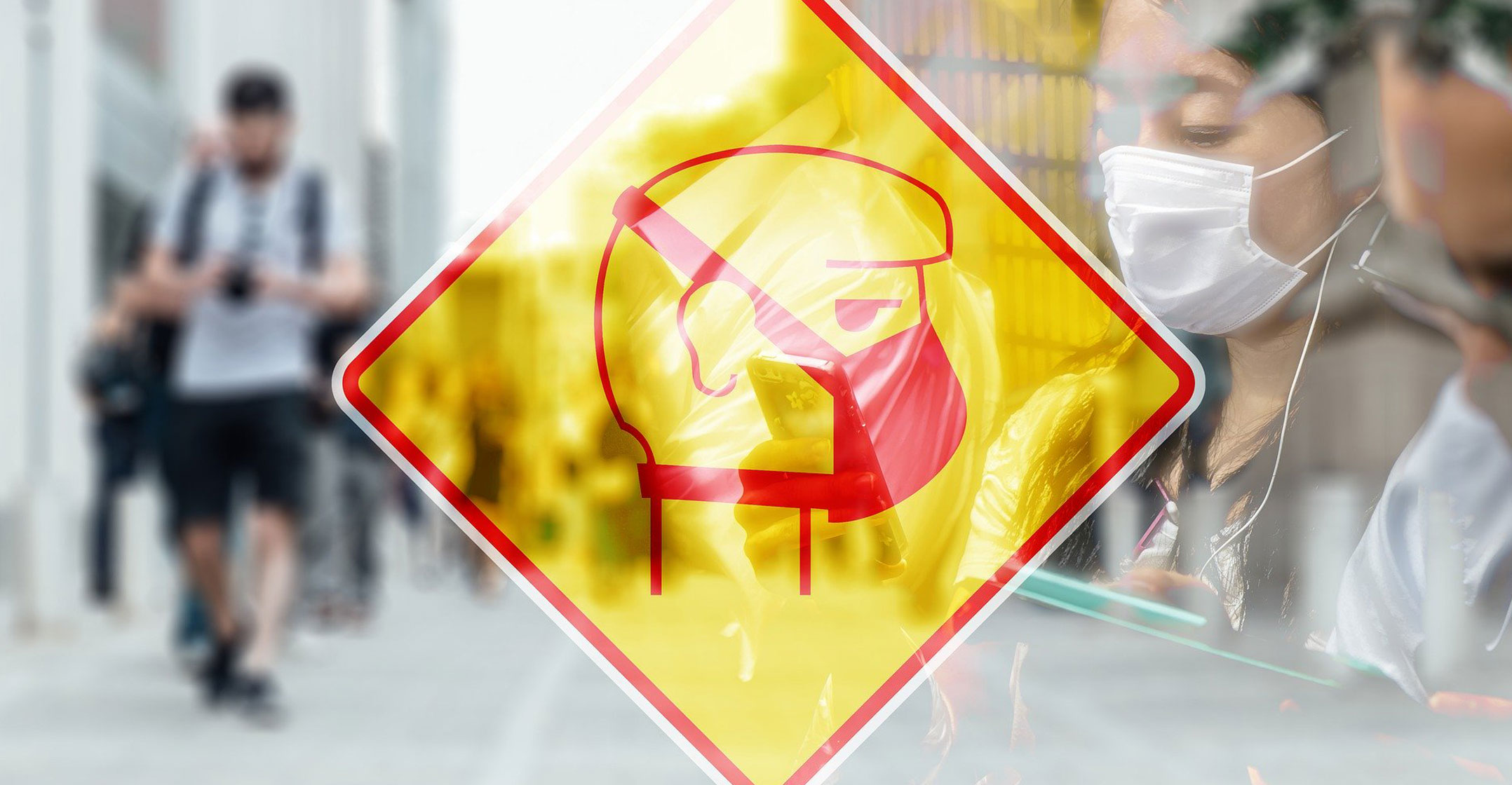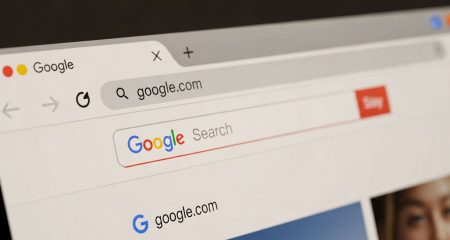 Apple and Google addressed questions about their upcoming Covid-19 smartphone contact-tracing solution on Monday, providing details about a partnership that has raised concerns among some privacy and cybersecurity experts.
Apple and Google addressed questions about their upcoming Covid-19 smartphone contact-tracing solution on Monday, providing details about a partnership that has raised concerns among some privacy and cybersecurity experts.
The companies said the tool will require users to verify positive diagnoses before putting that information into the system. Test results will be checked by public health agencies that are building mobile apps that will work with the contact-tracing technology, Apple and Google added. They also defended the privacy of the system, reiterating that users’ names and locations would not be shared or stored.
The partnership was announced on Friday. The technology is designed to curb the spread of the novel coronavirus by telling users they should quarantine or isolate themselves after contact with an infected individual. Since then, some experts have said the system may be vulnerable to spoofing, with people entering false test results.
On Monday, the companies also said that the system could record contact between people when smartphone users are within a couple of feet of each other for up to 10 minutes. The companies noted that Bluetooth wireless technology can sense devices from up to 5m away.
Apple and Google are building the technology into their iOS and Android operating systems in two steps. In mid-May, they plan to add the ability for iPhones and Android phones to wirelessly exchange anonymous information via apps run by public health authorities. In coming months, they will integrate the technology directly into their operating systems to reach more people.
Software update
A Google representative said on Monday that the tools would be added to Android via a download in the Google Play store. Apple will offer it via an iOS software update. Apple said the goal is to make it compatible with as many iPhones as possible, including older models.
The functionality will only be available to public health apps, the companies said. This means other developers won’t be able to make a mobile game using the data, for instance. It also means that users will have to download an official app to input test results. Still, phase two of the project will send alerts to potentially billions of iOS and Android users without the need for an app. — (c) 2020 Bloomberg LP




